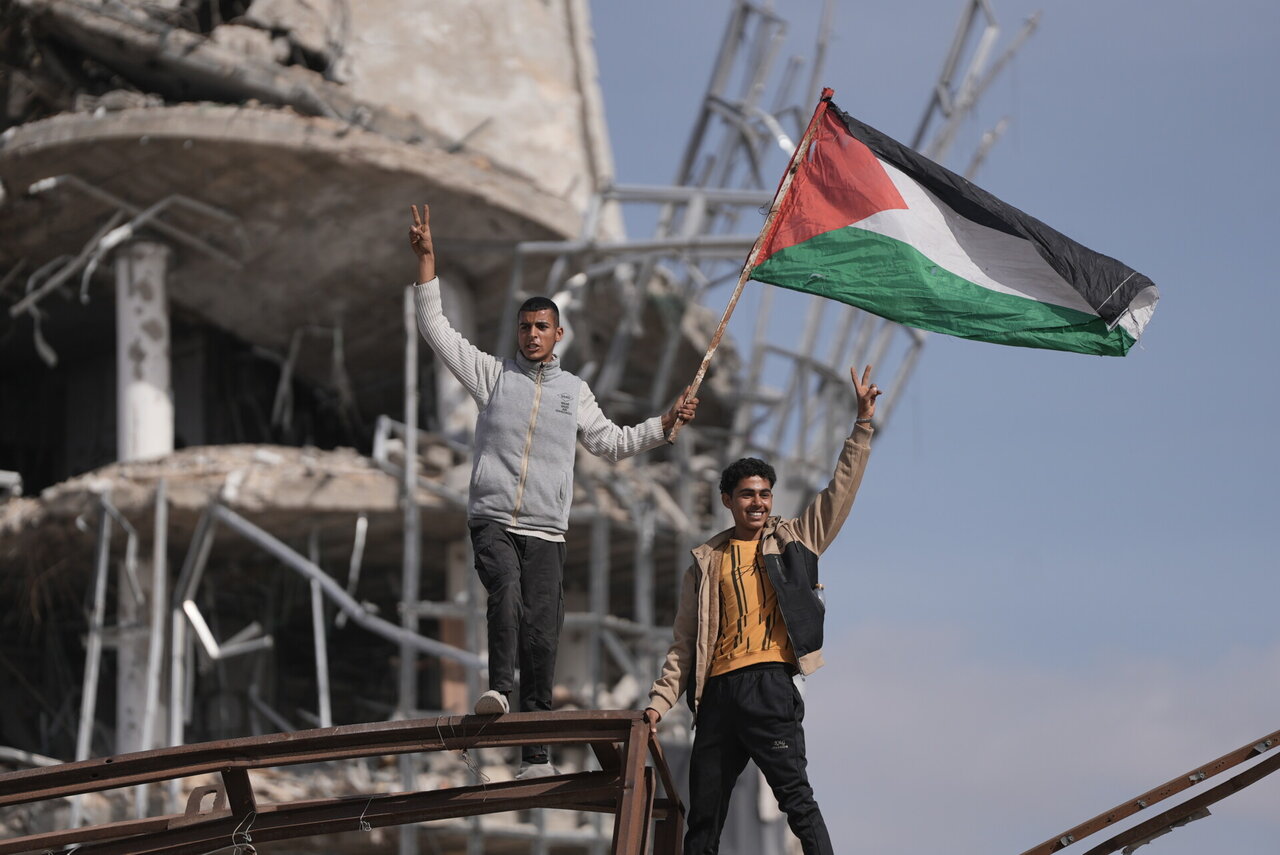Victory for resistance amid fragile ceasefire

TEHRAN – The Gaza ceasefire agreement marks a decisive failure for the Israeli occupation regime to eliminate Hamas or recover captives through military force.
Images of Israeli occupation brigades withdrawing from Gaza’s cities and neighborhoods, and Palestinians returning to them as outlined in the ceasefire deal, would not have been possible without the steadfastness of the Palestinian resistance forces.
For two years, Palestinian resistance forces have confronted the Israeli occupation army backed by the U.S. and other Western-backed countries. Daily ambushes and near-daily losses inflicted on the Israeli regime’s military vehicles and soldiers thwarted its war objectives.
Aside from two brief ceasefires in November 2023 and earlier this year, occupation forces are believed to have dropped more bombs on Gaza than the ones used in World War Two.
U.S. President Donald Trump and Israeli Prime Minister Benjamin Netanyahu have both tried to claim credit for an alleged victory. Yet no amount of military force succeeded in retrieving captives or disarming Hamas and other Palestinian resistance factions.
The killing and maiming of tens of thousands of Palestinian civilians, the destruction of Gaza, and the use of starvation as a weapon of war, met with the endurance of the Palestinian people, have isolated the occupation regime internationally and turned it into a global pariah.
The ripple effects of this isolation have perhaps been felt even more in Washington, the regime’s staunchest supporter, than in Tel Aviv. It was the United States that ultimately sought a way to rescue its closest ally from further global isolation.
Palestinian Islamic Jihad political bureau member Ali Abu Shahin stated, “The unity of the Palestinian stance and the steadfastness of our people are among the internal factors that forced the enemy to submit to negotiations.”
“The resistance foiled the enemy’s objectives of displacement and forced surrender. It will not be able to recover its captives except through negotiations,” Shahin added.
Despite the influx of aid, the reopening of the Rafah crossing, and the release of around 2,000 Palestinian hostages, the occupation army will not fully withdraw from the Gaza Strip. The timeline for a complete withdrawal remains vague and uncertain. U.S. envoy Steve Witkoff says Israel has withdrawn to the so-called (and newly invented) “Yellow Line.”
Serious doubts persist over whether Israel will respect the ceasefire agreement. Its track record suggests otherwise. As seen in Lebanon over the past year, it will almost certainly violate the truce through further aggression. The regime has already breached its ceasefire with Lebanon more than 4,000 times, mostly through drone strikes, including one on September 25 that killed a family of five, among them three children.
History shows that as long as occupation and aggression continue, there can be no lasting stability.
If the ceasefire aims to alleviate the suffering of Palestinians who have endured unimaginable hardship over the past two years, it may offer some respite.
But if the goal is genuine peace, as officials from various countries have declared, then the occupation must end, and the rights and statehood of the Palestinian people must be realized not just on paper, but in practice. Until that happens, armed resistance, recognized under international law, will persist.
Leave a Comment